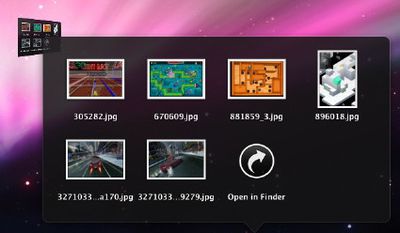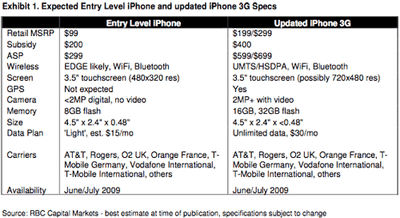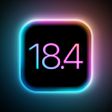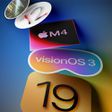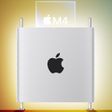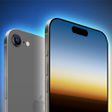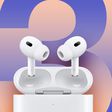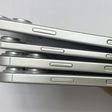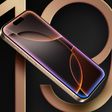ifoAppleStore reports that Apple will soon be revamping their retail stores to focus on software and the user experience rather than hardware.
According to plans still being rolled out, hardware will become a secondary focus of the stores' marketing efforts, making way for a spotlight on applications and the digital features of Apple products.
According to ifoAppleStore, visitors to the redesigned stores will first encounter a "Why You'll Love a Mac" section focused on comparing Macs to PCs, an effort clearly targeted at potential switchers, who have consistently been making approximately 50% of Mac purchases in retail stores. Further back, the stores will feature two additional areas, one focused on iLife applications and the second dedicated to iWork.
The updated layout will continue a theme seen in recent changes to the iPhone and iPod touch display tables, which are now arranged to feature applications available for the mobile devices organized by category.
The redesigned store layout may debut as early as next week, although ifoAppleStore suggests that it may take several weeks for the transition to be completed due to staff retraining and deployment of updated signage and materials.


